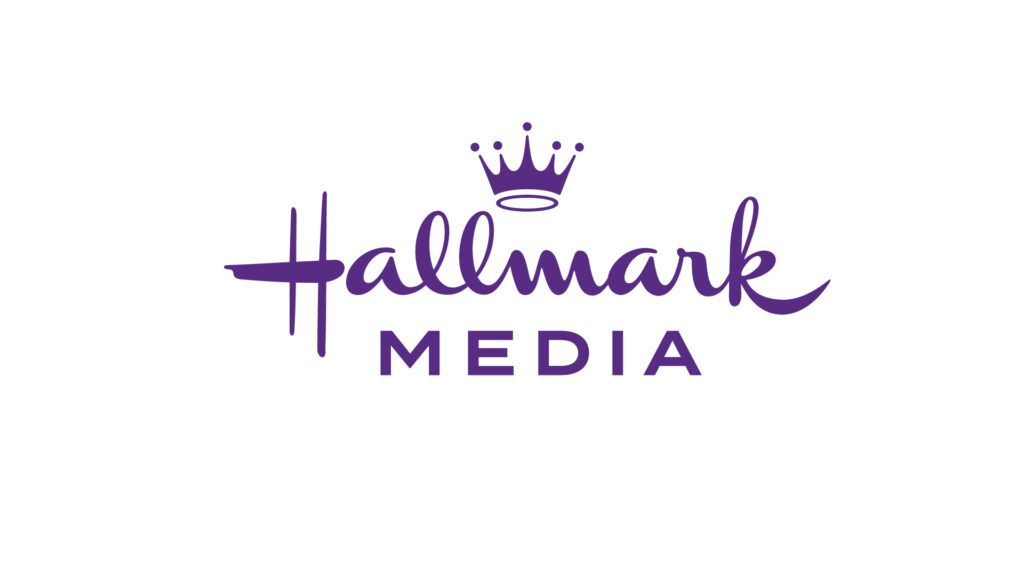DMers continue to solicit the dead and the response they get is devastating to the industry’s image.
“The mail sent to deceased persons is a fraction of the overall amount of unwanted mail, but to the public it’s one of the most egregious examples of the industry’s perceived indifference,” says Sean Strub, president of Strubco Inc., a New York list brokerage and management firm.
Last month, a direct mail piece from Geico Direct called on 27-year-old Megan Johnson of Tarrytown, NY to “save 15% or more on car insurance.” She had been killed three years ago in a car wreck.
Deceased suppression files are few and far between. Like PerformanceData’s 9-million-name “death master” file, most consist primarily of the names of the elderly, sourced from the Social Security Administration.
No central files are available that capture the names of those who die young. Those names circulate throughout the DM industry until a relative contacts individual mailers to have the name removed.
In 1996, for example, 2.8 million people under age 65 died, according to the latest statistics available from the Centers for Disease Control and Prevention/National Center for Health Statistics.
The Polk Co. receives approximately 500 calls per month from consumers complaining that they have received mail addressed to deceased relatives. And yet, Polk cleans its 64-million-name in-house suppression file numerous times annually, using death information from two outside data suppliers, according to consumer response coordinator Marc Lukowski.
The Geico piece was one of more than 20 million delivered nationwide during the auto insurer’s fourth quarter mailing. The list had been brokered from Database America, says Barbara Parks, manager of direct mail for Geico Direct.
Bob Ferry, vice president of consumer database compilation for Database America, acknowledged that Johnson’s name still appeared on its list. He added that the compiler’s file of 115 million U.S. households, including 200 million individuals, is matched against PerformanceData’s “death master” twice a year.
Database America culls its names from a variety of public sources but makes no attempt to collect deceased names. Ferry said “the cost would not be warranted” and the compiler relies on the “death master” file.
Though some large mailers tap into compiled death files, smaller mailers may find them cost prohibitive. PerformanceData, a division of Trans Union Corp., charges a $5,000 per year minimum, with a $20 per thousand name match fee, says Jan Davis, group vice president and general manager.
Even if mailers use the compiled death files, they still won’t locate those who died young. Files like death master, “will never be able to catch somebody like that who is 27 and was killed in a car accident,” Davis says.
And that, industry experts say, should raise a red flag, for although many mailers and list owners maintain in-house suppression files, more needs to be done.
Calls to remove names must be taken “very, very seriously,” says Patricia Faley, vice president of ethics and consumer affairs for the DMA.
As part of its Privacy Policy program, scheduled to go into effect next July, the DMA plans to require members to remove deceased names from customer files, and add them to an inhouse suppression list, Faley says. She adds that marketers should also notify business partners and compilers of a death.
“It’s a problem we hear about more often than we would like to,” Faley says.
The DMA’s Mail Preference Service, a subscriber-based national name removal service for consumers who do not want to receive direct mail, does not list deceased names. Those names are forwarded to compilers, like PerformanceData, which maintain death suppression lists, says DMA spokesperson Chet Dalzell.
Strub says the DMA should go further and take on the responsibility of compiling and maintaining one complete death master file available to the industry free of charge. “The industry should be taking a proactive effort to provide one common, accurate suppression file of deceased persons,” he says.
American Student Lists, Mineola, NY, is in preliminary discussions on the development of a juvenile suppression file with the cooperation of major juvenile mailers who would share the data and make it available to third party service bureaus, says Andrew Belth, vice president of sales for the firm.
Others, like Leslie Mandel, president of Rich List Co., Wainscott, NY, say mailers and service bureaus aren’t doing enough to keep their lists clean. Mandel maintains a 43-million name death master file, also compiled from the Social Security Administration, but takes the effort one step further by gathering names from obituaries listed in major newspapers and on the Internet.
Geico’s Parks sums it up by saying “it’s frustrating” to receive calls that a person who died is receiving mail. Geico also maintains an in-house file, including deceased names, which is merge/purged prior to each mailing.
 Network
Network

